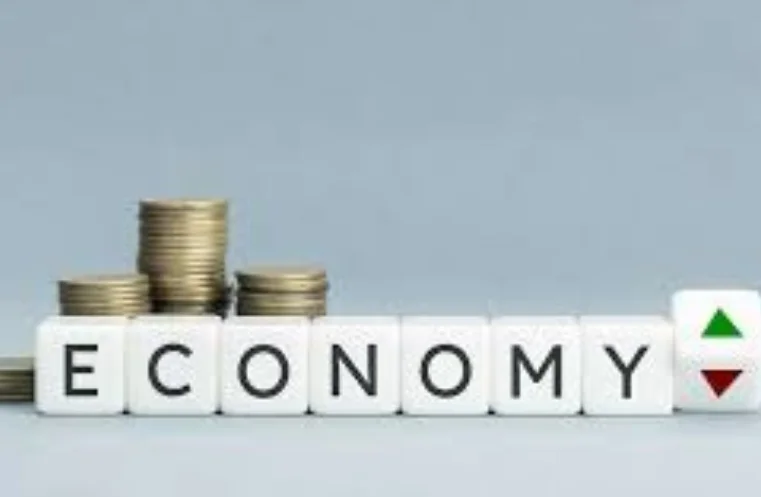Islamabad, Mar 11, 2025: Pakistan’s corporate leadership, including top executives from diverse industries, is expressing confidence in the nation’s economic trajectory.
As per PwC’s 28th Annual Global CEO Survey titled “The Next Leap: Charting the Path to Change,” an overwhelming 83% of Pakistani CEOs foresee economic improvement, a sharp rise from last year’s 49%.
Regarding the global economic outlook, optimism has also surged, with 70% anticipating positive growth—compared to just 39% in the previous year.
CEO Insights and Business Confidence
This year’s survey gathered responses from 70 CEOs representing a broad spectrum of companies and sectors.
Among them, 70% lead publicly listed enterprises, while the remaining 30% manage private businesses.
Notably, 92% of these leaders expect revenue growth within the next 12 months, and nearly all (99%) foresee expansion over the next three years.
Despite this optimism, 54% do not anticipate significant changes in staffing levels.
However, CEOs remain cautious about potential risks.
Macroeconomic instability (46%), inflation (39%), and geopolitical tensions (31%) are among their primary concerns. 
Read More:
PIA Sale Scheduled for July as Govt Assures IMF of Privatization
Notably, inflationary pressures have declined compared to last year (39% vs. 55%), but the urgency to transform business models remains high.
A substantial 44% of executives believe their companies must undergo reinvention to stay competitive over the next decade.
Business Resilience and Strategic Shifts
Companies forecasting a shorter operational lifespan (10 years or less) attribute their concerns to regulatory shifts and rising operational costs
. Conversely, those expecting long-term sustainability (beyond 10 years) credit their resilience to strategic planning and enhanced efficiency.
This necessity for transformation has led 85% of businesses to reallocate financial assets, while 87% are adjusting human resources to foster innovation, expand customer bases, and refine pricing models.
Market Expansion and Growth Trends
Over the past five years, 43% of companies have expanded their market share, with 29% achieving moderate growth and 14% reporting substantial gains.
Meanwhile, 39% have maintained stable standings, while 15% faced a decline.
To enhance competitiveness, 40% of businesses have aggressively targeted new customer segments, and 36% have invested in innovative products and services.
Additionally, 33% are exploring fresh market routes, though more efforts are needed in pricing strategy adoption.
Workforce Trends and Challenges
The proportion of businesses expecting workforce reductions has declined significantly.
Last year, 13% anticipated layoffs, whereas only 4% foresee such changes now.
In contrast, those predicting stable headcounts have increased from 45% to 54%, while expectations of hiring growth have slightly dropped from 42% to 40%.
Emerging Concerns and Strategic Focus
Economic volatility (46%) and inflation (39%) remain dominant concerns, underscoring the need for robust cost-management strategies.
Additionally, geopolitical tensions (31%) and skill shortages (21%) highlight the importance of workforce development and adaptive planning.
While cyber risks (16%), climate change (14%), and technological disruptions (14%) are acknowledged, they are viewed as secondary threats compared to economic challenges.
The findings emphasize the need for proactive adaptation, leveraging technology, AI, and sustainability measures to drive long-term business success in an evolving economic landscape



